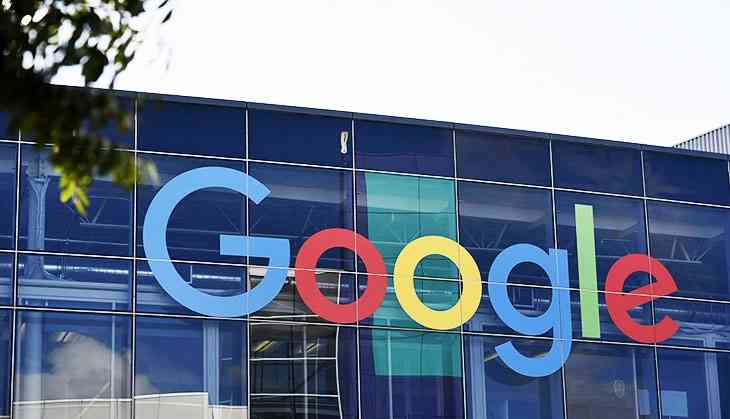The oldest hack in the book is no more, Google ends paywall loophole

The niftiest trick in the history of Google has just become obsolete. Google is now closing the loophole around getting past newspaper and magazine paywallS. The First Click Free (FCF) policy was something that most, if not all, publishers loathed.
This policy made it mandatory for publishers to allow Google search results access to news articles that were behind a paywall.
This move has finally been implemented after many months of trials with Financial Times and New York Times and comes after major news conglomerates such as News Corp protested.
What is First Click Free?
At its inception in 2007, users could access any article for free via a Google Search. If they clicked anywhere on the article page they would be prompted to log-in or subscribe. At first, consumers could read an unlimited number of articles. By 2009, the limit was set at five articles. Two years ago, this number was further reduced to three.
If a publisher had earlier opted out of FCF, their search traffic would have drastically decreased as the Wall Street Journal (WSJ) learned earlier in the year. Once they opted out, WSJ noticed an increase in subscribers but a sharp decrease in search traffic. This is due to Google indexing only a limited number of words from the stories that were behind a paywall.
Out with the old...
The FCF policy, now over a decade old, is being replaced with Flexible Sampling. This will allow publishers to take full control of their content distribution. They will get to decide just how many (even zero) articles they want non-subscribers to have access to. Those that opt out of Flexible Sampling will not be penalised in Google Search results either.
"We recommend that publishers start by providing 10 free clicks per month to Google search users in order to preserve a good user experience for new potential subscribers," Cody Kwok, Principal Engineer wrote in a Google blog post. The 10 free clicks are a "good starting point". "If it's too little, then fewer users will click on the links to that content or share it," Google argues
New tools
To help publishers on their way, Google is working on various new tools. These tools will help publishers grow new revenue by garnering new subscribers.
First and foremost is a push to make subscribing to a website as easy as possible. Just like single-click sign-ups that Android users are used to. A software will be launched wherein users can pay for content with the same credit card details they've previously supplied to Google.
Once a subscriber has subscribed to a website, they can seamlessly access the same either on the publisher's site or app, or even on Google properties like Newsstand, Google Search or Google News.
Finally, a new tool would give publishers access to data on how they can maximize their sign-ups with personalised offers. Google has not yet decided whether it would charge a fee for this subscription program to recoup costs.
Richard Gingras, vice president of news at Google said that they wanted to help publishers with expanding subscriptions and hence this move has come about. Google truly believed in a "try before you buy" approach but it has scaled back on its efforts to push through with that motto.
First published: 3 October 2017, 17:58 IST

